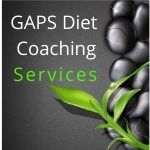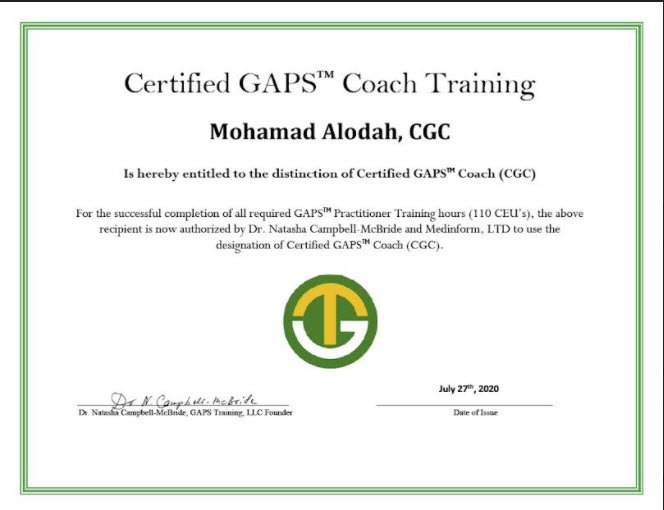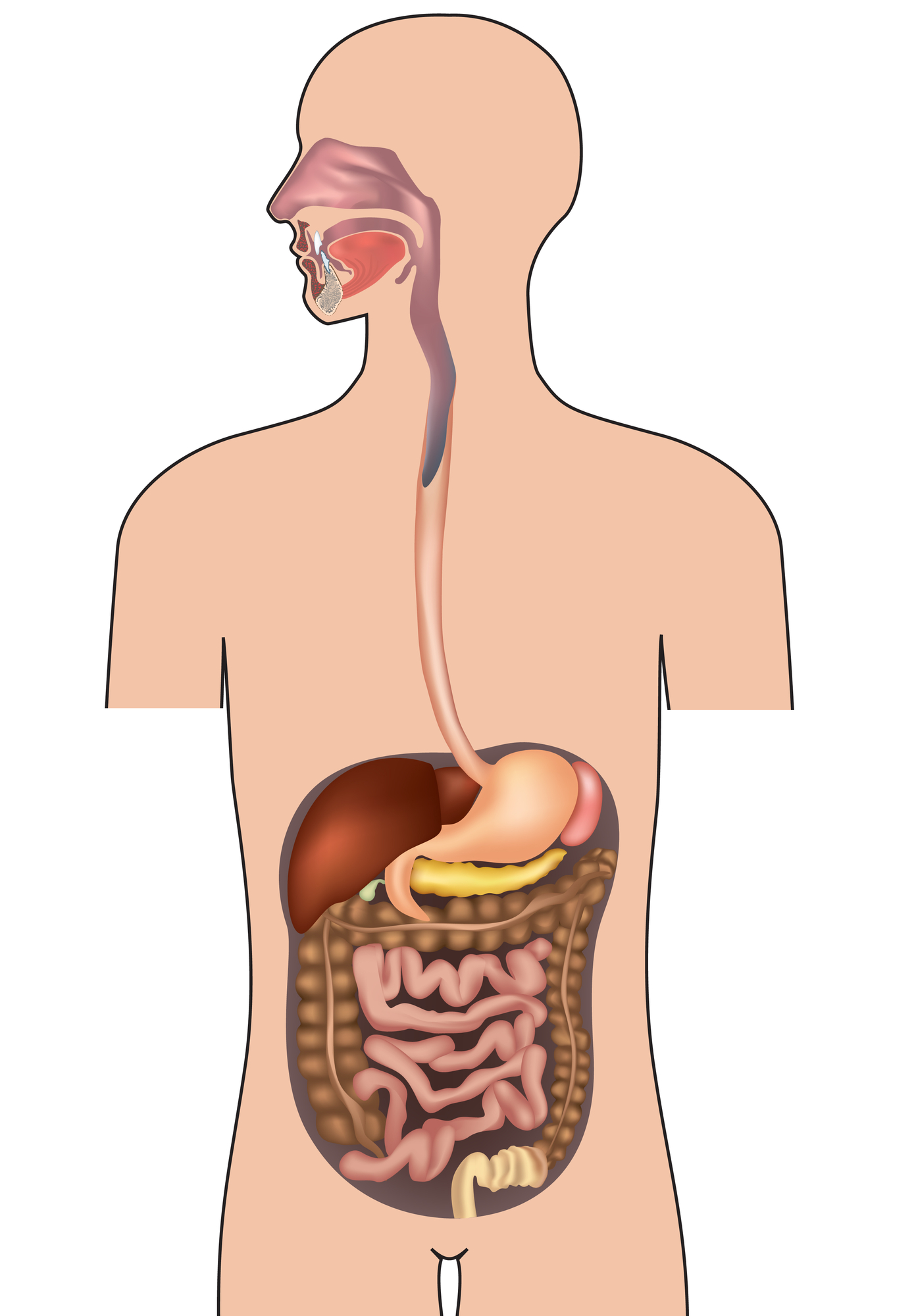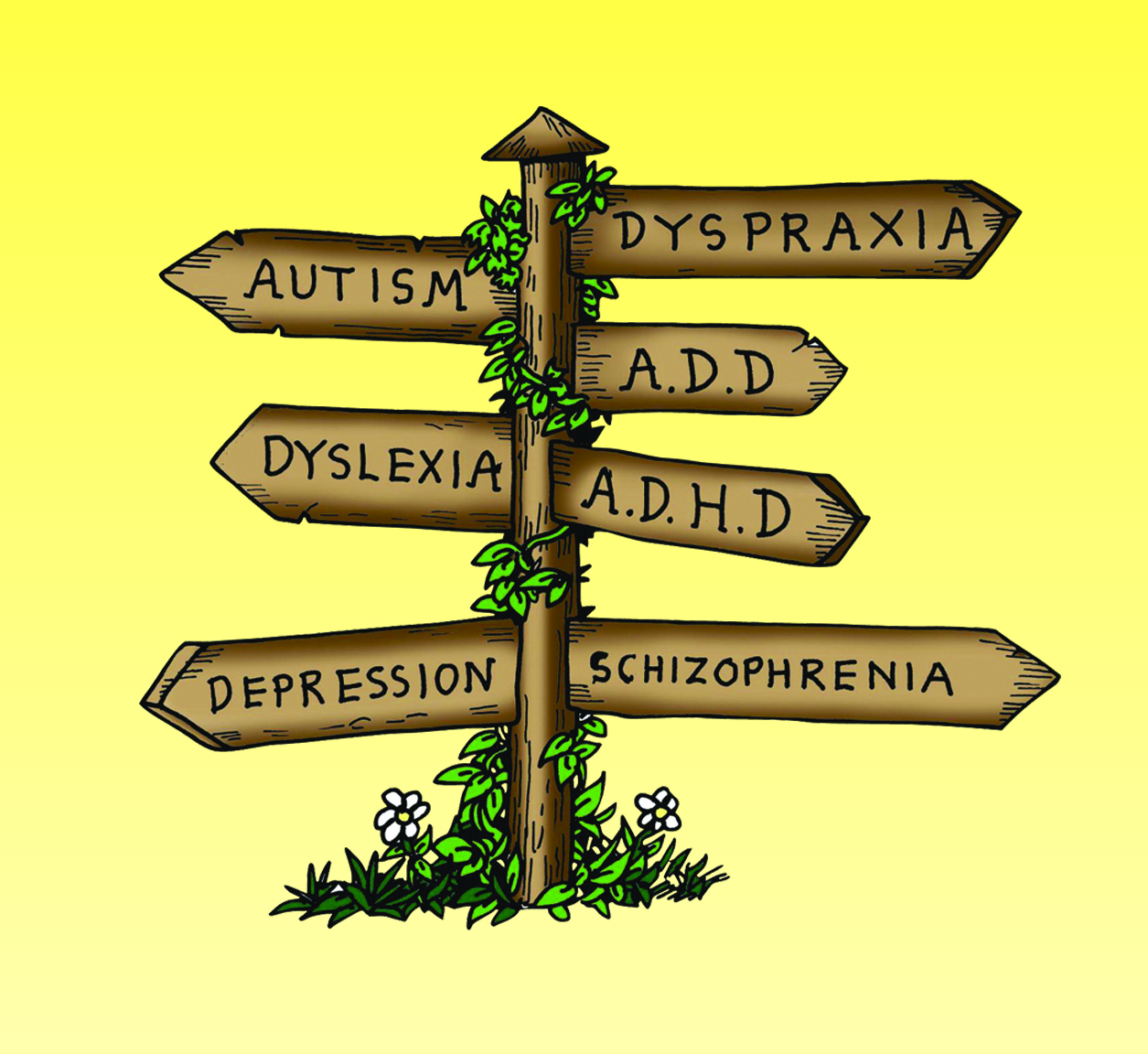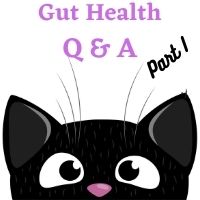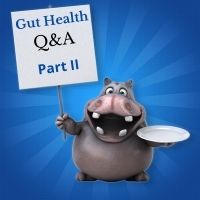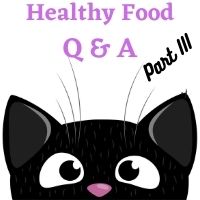What is Healthy Food? Q and A
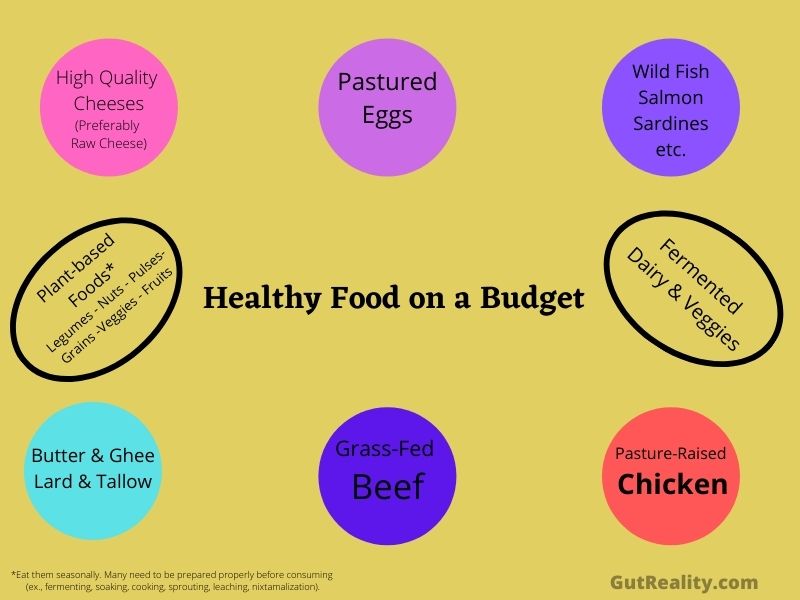
I think the food topic is a very confusing area to research and it’s even more confusing than politics if you ask me. Everyone belongs to a certain diet club so to speak so her or his diet club is the healthies diet:
- Vegetarian
- Paleo
- Fruitarian
- S.A.D (Standard American Diet)
- Carnivore
- Ketogenic
- Vegan
I am sure I have missed some other diet clubs but you get the point. Here is my opinion (Yep, another one from me) of what is healthy food or diet for humans is?
What did our ancestors eat for millennia? Because if they were not healthy some or most of us would not be here, we would have died out a long time ago.
One of the great books that have enlightened me about diets is the book of Dr. Weston A Price; Nutrition and Physical Degeneration. He was a Canadian dentist and later moved to the U.S. to practice as a dentist.
He decided to travel the world to certain remote and mostly isolated regions around the world to see with his own eyes if these people are healthy as some claimed or not. His travel and health investigation lasted more than ten years and he found these isolated and primitive societies were in superb health.
As a dentist, his primary focus was on teeth cavities and related dental problems that became common and spreading in the U.S. during his time. Not only he found healthy teeth but the face formations these groups possessed were optimal, they had broad faces and of course no crowded teeth.
It’s true that the face is a reflection of your health state! Dr. Price had a preconception before his travel that these healthy people he heard about are vegan but he discovered something different than what he thought or hoped for.
None of these people were vegans and they all included some type of animal-based food in their diets. Some ate more animal foods than others but they all included animal protein and animal fats to some degree. He found tribes that their diets were based on 100% animal-based diet or close to it such as the Maasai and the Inuit people.
Another common theme is that they all ate nose to tail when consuming animal foods and that includes meat, fat, gelatinous meat, skin, organs, and even the bones by cooking them or chewing the soft ones. They did not have cholesterol and saturated fat phobia like many of us do now.
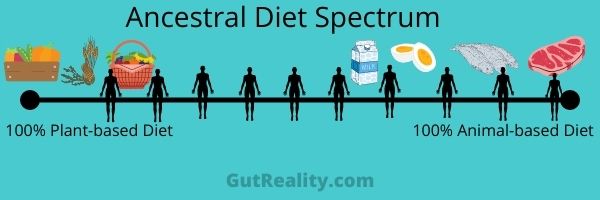
And most of these primitive societies if not all prepared plant foods in a way that made them:
- More Digestible
- More Nutritious
- Less Harmful
In general, these people did not have chronic diseases like autoimmunity, heart diseases, arthritis of all types, cancer, diabetes (type-1), infertility, inflammation, and so on. So what is healthy food Dr. Weston Price and other researchers observed these people really valued and went to a large extend to hunt for? Animal protein and fat! They valued certain foods for pregnant women, growing babies, and elderly people such as organ meats like liver, hearts, fish eggs, shellfish, butter, and cod liver oil.
Now that does not mean, plant foods such as grain, vegetables, pulses, nuts have no place in a human diet because again many of these traditional societies have had a mixture of both.
Plant foods add a variety of flavors, colors, textures, and taste not to mention they provide some nutrients that can be a medicinal effect. So enjoy these healthy foods and listen to your body about what it needs and desires when it comes to whole natural foods. However, animal-based food should be part of a healthy diet.
What is a Healthy Food List:
Animal-based Proteins: Fish, beef, chicken, rabbit, lamb, duck, goat meat, shrimp and other shellfish, wild game, eggs, cheese, whole milk (preferable raw), yogurt, Kefir.
Plant-based Proteins: Should be prepared properly before cooking and then consumed with some animal meat and fat.
Fat and Oils: Tallow, lard, lamb suet, duck fat, olive oil, butter, ghee, coconut oil. Keep it simple.
Carbohydrates: grains, nuts, Legumes, starchy tubers, honey, edible mushrooms, etc. Even though animal meat has some carbohydrates in it but plant foods are known for providing an ample amount of carbs. To make these plant carbohydrates healthy food they need to be prepared properly and eating seasonally because they contain numerous antinutrients.
Is Healthy Food More Expensive?
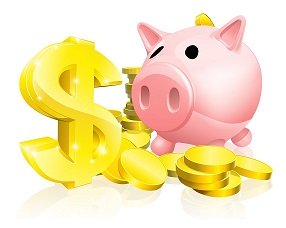
Here is probably a better question, how can you afford not to be healthy in a country such as the U.S. because of the high cost of health care? Besides the health care cost, why would anyone financially prioritize other things in life over food?
You see, your body is made out of food that you eat, therefore, food can either make you healthy and vibrant or will make you sick or worse chronically sick with autoimmunity, allergies, inflammation, and disorders that end with “itis” such as arthritis.
But going back is healthy food more expensive question and to my experience of many years, the answer is not really or not by much. First, we need to have a basic understanding of what is healthy food which I answered on this page (see above).
Because animal-based food is more:
- Nutritious
- Satisfying
- Filling
You don’t need to eat a lot of it like when you eat carbohydrates such as vegetables, grains, etc. Here are real examples of what eat for lunch and what I recommend for my clients:
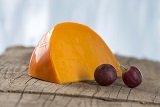 |
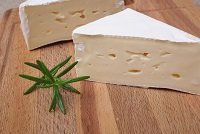 |
 |
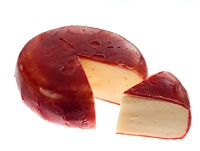 |
Day One: Three to five ounces of quality cheese (feta, brie, manchego, gouda, camembert, Hollander, parmesan, aged cheddar, etc.) and preferably raw when possible. No industrially processed cheese such as Velveeta and American cheeses, please!
- Properly prepared 1-2 ounces of organic nuts.
- One stick of organic carrots
- One dried Turkish fig or Medjool dates
That’s it! I can put my whole lunch in one fairly small stainless steel container.
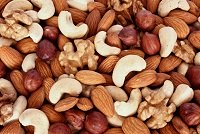
Day Two: Replace the cheese with sardines (I like Bela-Olhao sardines). Also, replace figs and dates with other dried fruits of your choice. The same thing you can do with veggies.
Day Three: Replace sardines with sausages or high-quality hot dogs. Some veggies, an apple, and nuts.
 |
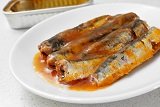 |
Day Four: Replace the sausages with pastured eggs (soft-boiled, fried eggs, pouched, or scrambled cooked with butter.)
Day Five: Whole-milk (meaning full fat) yogurt with frozen or fresh mixed berries. Some nuts, olives, and maybe one or two choices of veggies.
There are many other choices of course but I try to keep it simple for lunch choices and these lunches are delicious and satisfying.
Important Note: all the above lunches (and dinners) must have animal protein and fat as the foundation and the other food items are supplementary or secondary choices.
Each of you is different when it comes to quantity and food preferences so prepare your meals accordingly.
Regarding breakfast, I personally have coffee and glass or raw milk but that’s me and that’s what my body needs in the morning, not much but I am usually hungry by 1 p.m.
Is healthy food more expensive according to the above choices? Not only I don’t think so, but it can cost less than if you have purchased your lunch from a restaurant and likely fast-food restaurants too.
When we eat unhealthy foods we are creating unproductive individuals who are a burden on their community, state, and country. Whether it is intentional or not individuals have financially benefited from this human suffrage who make profits from selling pharmaceutical drugs to silence the symptoms of all these chronic diseases.
But also let’s not forget about the other partner which is industrial agriculture food producers who feed us food that is not natural and life-sucking that make us sick and miserable.
Eating healthy food that mother nature designed for us through our ancestral experience of thousands of years will save you from:
- Visits to the doctor
- Health care’s high cost and most importantly
- Suffering of being sick mentally and physically
Understandably not every one of us is financially wealthy but rather asking if healthy food is expensive we should strive and work hard to make it a priority over other lifestyle wants or needs because we can’t afford to be unhealthy.
Healthy vs Unhealthy Food?
Let’s keep it simple as much as possible. Think of healthy vs unhealthy food as how we process whole foods before it enters your mouth. Here are a few real examples and it is not an exhaustive list but hopefully, you will get the idea.
Healthy FoodsSourdough Bread that has been fermented for 3 days. Fats and Oils are processed traditionally ( less heat and no added chemicals, deodorization, and other additives) such as lard, butter, tallow, ghee, duck fat, olive oil, sesame oil, and coconut oil. Unfiltered and raw honey Consuming animal-based food with nose-to-tail style. (gelatinous meat with bone and joints and all types of organs) Homemade soups Homemade bone broth or high quality store purchased real bone broth. Grass-fed raw whole milk Whole milk yogurt and kefir made at home or purchases from local farmers using traditional methods. There is also high-quality yogurt you can find at the grocery store you just need to look carefully and read the label ( 100% grass-fed organic and no additives and made from Whole milk, that’s it). Aged real whole milk cheese and for many kinds of cheese, the longer the cheese is aged the better. Pastured-eggs |
Unhealthy FoodsBread that is made within a few hours from dough to bread and ready to eat. No wonder we have an epidemic of Gastrointestinal disorders! Most seed oils that are sold in grocery stores are harshly processed which makes them rancid. They are high in polyunsaturated fats causing inflammation and eventually leading to metabolic syndrome. Margarines. White sugar and artificial sweeteners made in labs. Skinless and boneless chicken breast. Lean red meat. Fish fillet. Canned soups that can have a shelf-life for months to last if not longer. Bouillon cubes are made with hydrolyzed protein that creates MSG which is short for monosodium glutamate. Pasteurized and homogenized milk Low-fat or skim milk. Ultra-pasteurized milk. Fake kinds of milk Kefir that has been pasteurized. Industrially processed cheeses that are filled with seed oils such as canola, added colors, synthetic vitamins, and chemical preservatives. Egg beaters ingredients: egg whites, additives such as color. xanthan gum, and guar gum. Processed: double pasteurized for safety?! (translation: cooked to death and shelf-life that last for a long time) |
